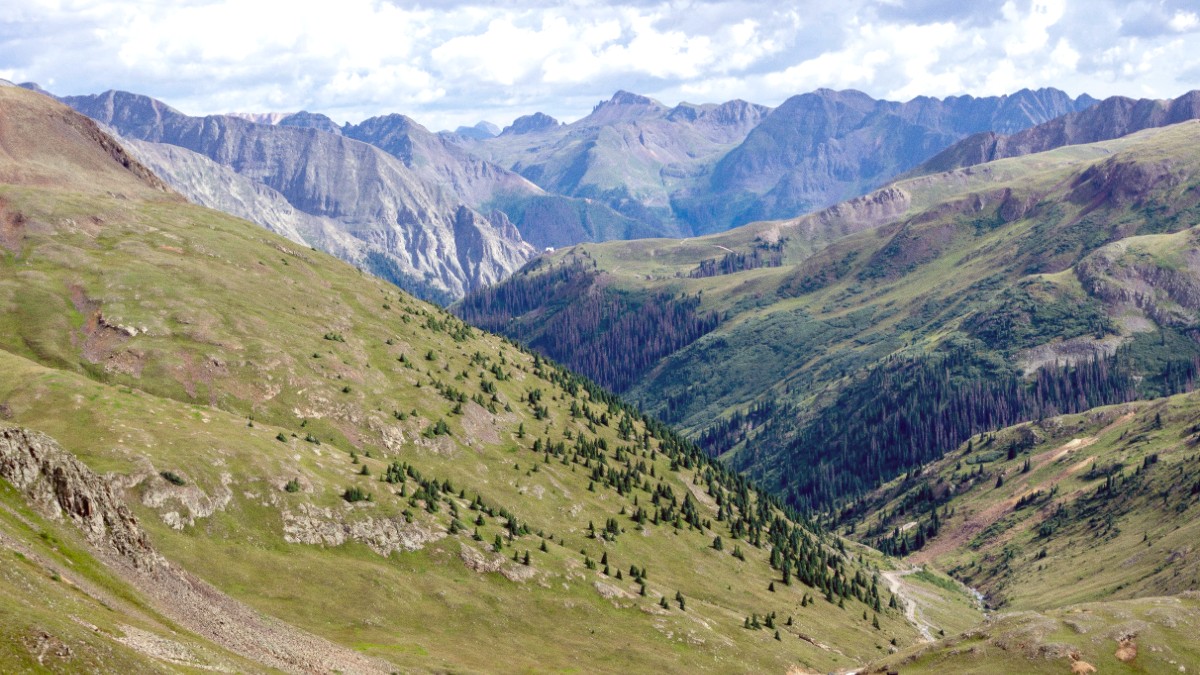
Colorado, USA
Picture lively city streets with award-winning restaurants and unique shops, all set against a backdrop of majestic mountains. This is Colorado’s Rocky Mountain Corridor, a place where adventure meets comfort, and natural wonder blends with urban charm. Whether you dream of skiing down powdery slopes, hiking challenging trails, or simply enjoying a craft beer with a mountain view, this region creates an unforgettable experience. Explore a destination that truly captures the spirit of the American West.
The Rocky Mountain Corridor holds deep historical roots, shaped by thousands of years of human activity. Native American cultures, especially the Ute, Cheyenne, and Arapaho tribes, lived here for millennia. The 1859 Pikes Peak Gold Rush dramatically changed the region. This rush brought a rapid influx of prospectors and settlers, leading to the quick establishment of mining towns.
The late 19th century saw railroad construction further connect these growing towns, which also furthered tourism. In the 20th century, skiing and outdoor recreation grew into major industries. Resorts like Vail, Aspen, and Breckenridge became world-renowned destinations. Today, the corridor’s history is visible everywhere, from preserved Victorian buildings in mining towns to the vast protected wilderness areas.
The Colorado Rocky Mountain Corridor is a main hub for outdoor recreation. It creates extensive opportunities for a wide range of activities. Visitors can enjoy skiing and snowboarding on world-class slopes. Hiking trails crisscross the landscape, from easy strolls to challenging climbs. Mountain biking routes cater to all skill levels. Rock climbing draws enthusiasts to sheer rock faces.
The urban centers along the Front Range complement the mountain experience. Denver, Boulder, and Colorado Springs are cultural hubs. You find diverse dining options, from casual eateries to fine dining. These cities also host various industries, including technology, aerospace, and brewing. Tourism remains a big economic driver, supporting many local businesses and communities throughout the corridor.
Vail, Aspen Snowmass, Breckenridge, and Winter Park.
A main attraction with diverse ecosystems and abundant wildlife.
Denver, Boulder, and Colorado Springs offer cultural amenities.
Peaks soaring over 14,000 feet, popular for climbing.
National recognition for diverse breweries.
The region experiences distinct four-season weather. Winters are cold and snowy, especially in the mountains, making conditions for winter sports. Summers are warm and often dry, with cooler evenings and occasional afternoon thunderstorms, suitable for hiking and water activities.
Tourism is a big economic driver, supporting many local businesses and communities throughout the corridor. Cities like Denver host various industries including technology, aerospace, and brewing. The dynamic mix of outdoor adventure, urban sophistication, and natural beauty makes this region a compelling destination for all types of travelers.
The unique geography here creates dramatic elevation changes, from the plains where Denver sits at around 5,280 feet, to towering summits like Mount Elbert, the highest point in Colorado at 14,440 feet. This varied terrain supports a wide range of plant and animal life, making it a hub for biodiversity.
The Rocky Mountain Corridor features significant elevation changes. This impacts weather and proper planning for activities.
Colorado's unique geography leads to specific weather patterns to consider for a trip.
Afternoon thunderstorms are common in summer, specifically in the mountains. Plan outdoor activities for the morning to avoid these storms. They often bring lightning, which makes exposed ridges dangerous.
Be aware of altitude sickness symptoms like headache, nausea, and fatigue. Stay hydrated and acclimate gradually. Spending a night in Denver before heading to higher elevations is a good practice.
UV radiation is much stronger at higher altitudes. Use high-SPF sunscreen, wear protective clothing, and sunglasses.
Snow, ice, and whiteout conditions are possible on mountain roads. Colorado has a Chain Law. Check road conditions frequently using CO Trip.org.
Your chosen activities will guide the best time to visit.